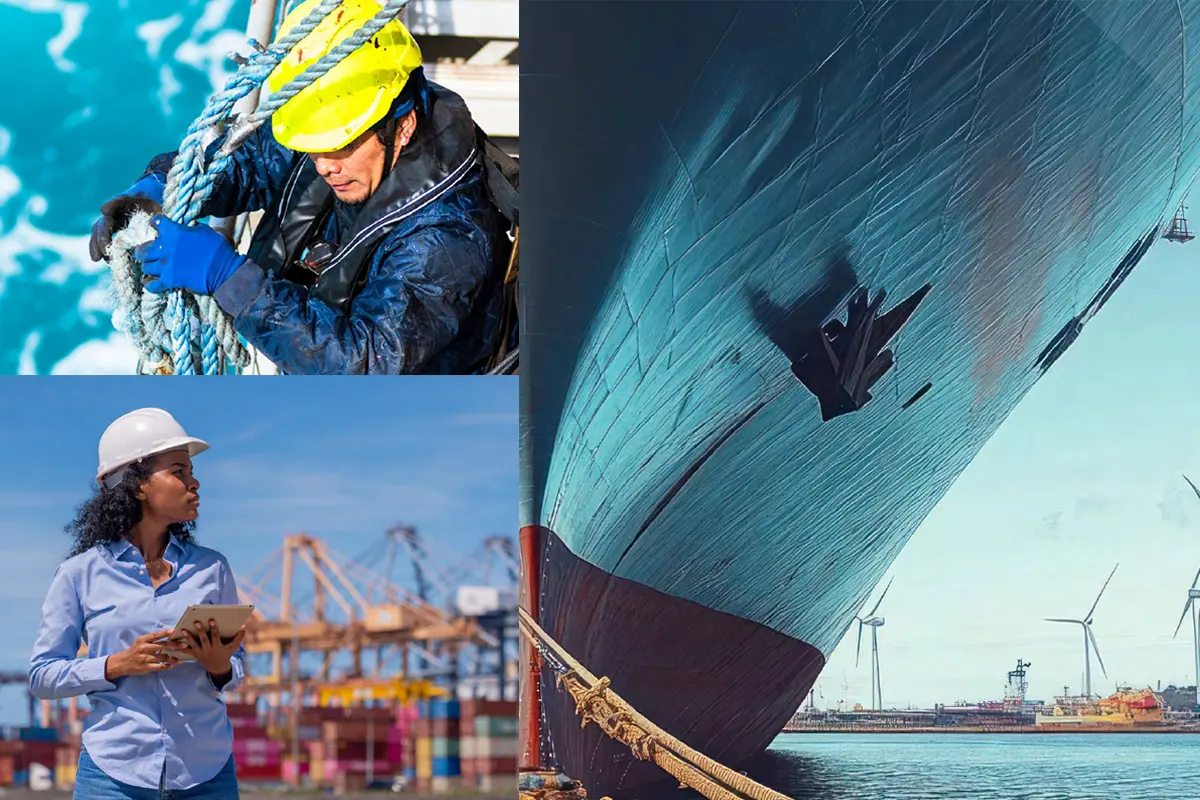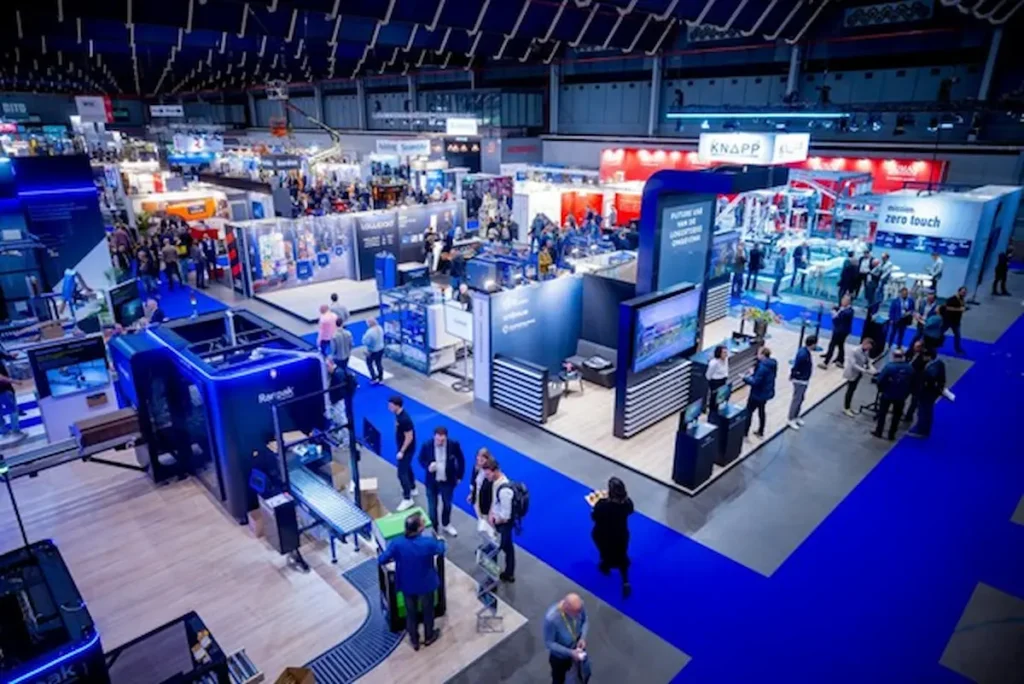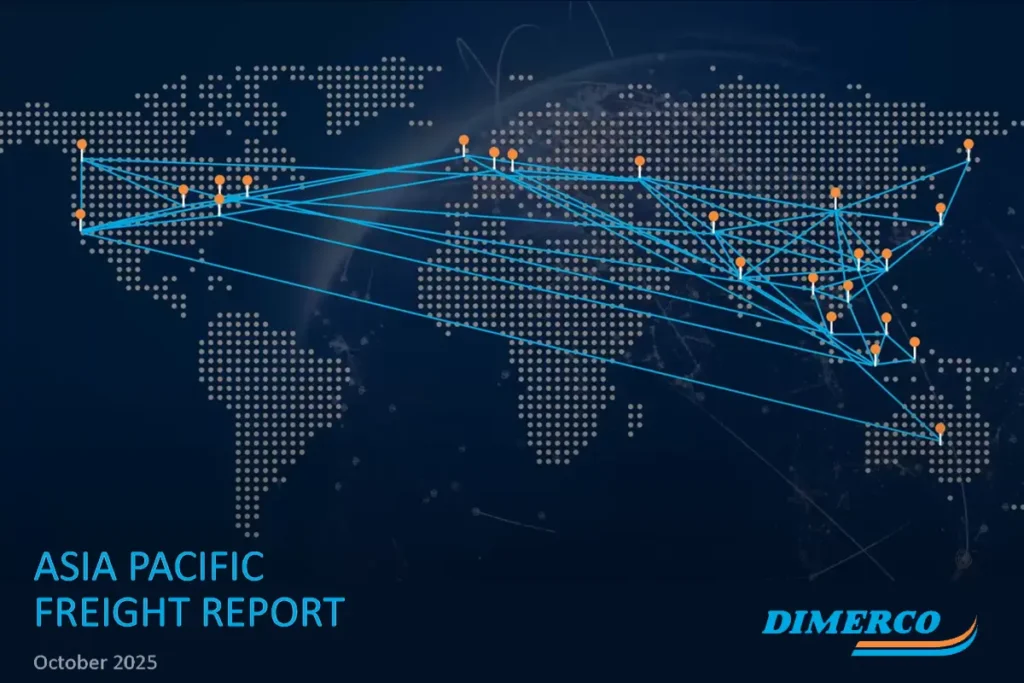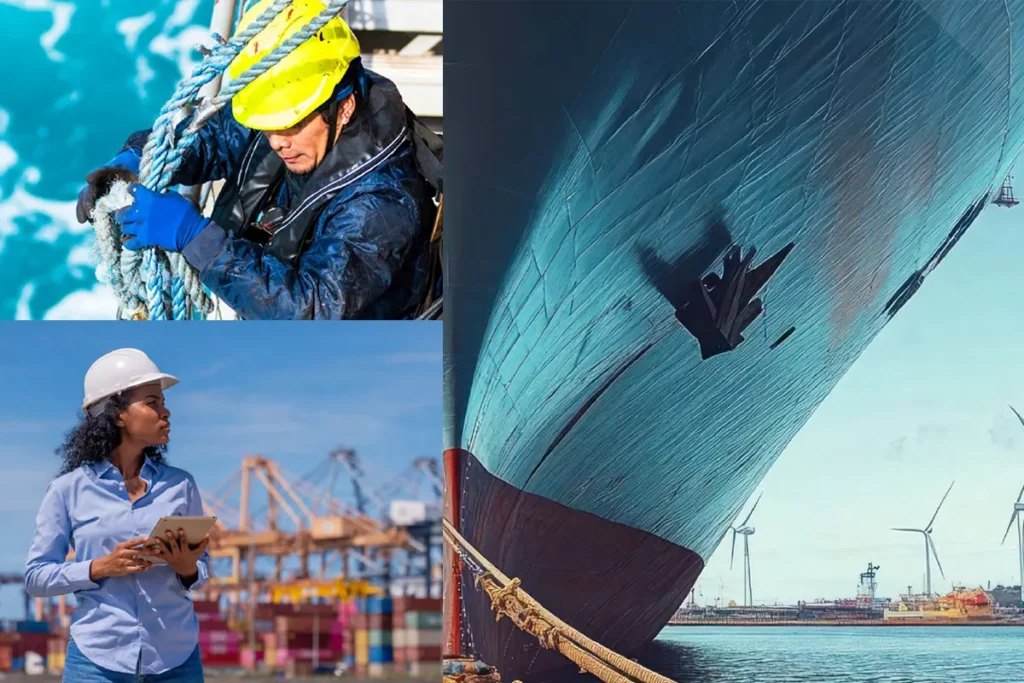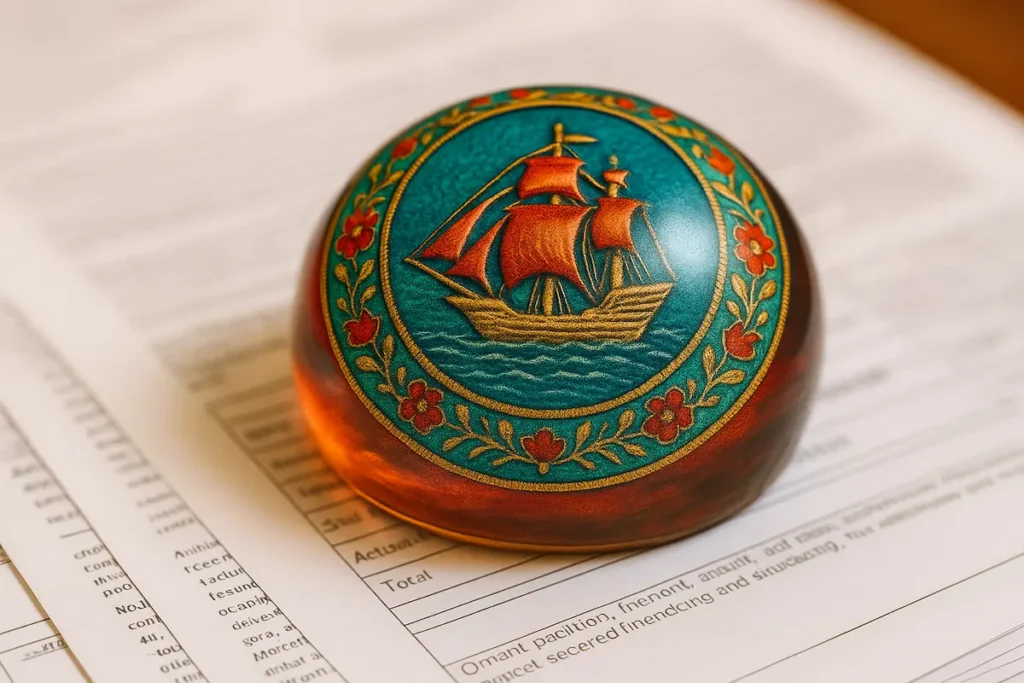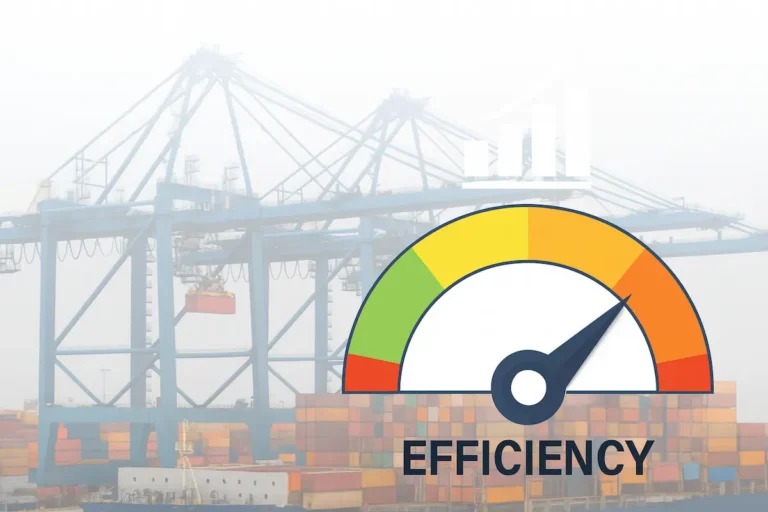Every year UNCTAD’s Review of Maritime Transport provides a compass reading for an industry that moves over 80% of global trade..
The 2025 edition makes one thing clear: the sector is not just grappling with disruptions, it is undergoing a fundamental transformation..
“Not since the closure of the Suez Canal in 1967 have we witnessed such sustained disruption to the arteries of global commerce,” says Rebeca Grynspan, Secretary-General of UNCTAD in her foreword..
The data show both resilience and fragility, while the policy takeaways highlight what must be done to steer global shipping into safer, more sustainable waters..
Trade is steady, but the routes are longer
- Global seaborne trade volumes reached 12.7 billion tons in 2024, up 2.2% above the decade average but below long-term trends..
- Ton-miles surged 5.9%, a record jump, as ships diverted around the Cape of Good Hope to avoid Red Sea risks.. Average voyage length now exceeds 5,200 nautical miles, up nearly 9% since 2018..
- Containerised cargo grew more than 6% in 2024, led by East–West flows and booming South–South trade.. But growth is forecast to slow to just 1.4% in 2025, hinging on geopolitics..
Policy takeaway: Persistent rerouting exposes vulnerable economies, especially least developed countries and small island states, to higher costs and delays..
Strategic investments in transport corridors and port–hinterland connectivity are vital to reduce fragility..
The fleet expands, but the future is uneven
- The world merchant fleet grew in 2024, supported by orders placed during the post-COVID boom
- Yet the fleet is ageing, and ship recycling hit historic lows due to firm earnings and limited yard capacity
- More than half of new orders are for alternative fuel ships, but over 90 per cent of the active fleet still runs on fossil fuels
Policy takeaway: The energy transition is reshaping shipping.. Ports and shipowners must prepare for longer hauls, a growing share of low-carbon cargo, and the regulatory squeeze from the IMO’s mid-term greenhouse gas measures expected in late 2025..
Ports under pressure amid opportunity
- Port calls grew only modestly in 2024, as rerouting and congestion strained capacity
- Asian hubs strengthened their liner connectivity, while Africa saw the largest gains due to route reconfigurations
- Digitalisation is becoming a decisive factor: ports adopting single windows and community systems are reducing clearance times and boosting competitiveness
Policy takeaway: Ports should benchmark performance using global indicators like the UNCTAD Port Performance Scorecard.. Congestion relief requires integration of customs, carriers, and terminals, alongside automation.. Building an inclusive workforce is essential, expanding women’s participation in technical and operational port roles supports both fairness and digital readiness..
Legal and regulatory currents
- The Hong Kong Convention on Ship Recycling has finally entered into force
- Work is advancing on a code for Maritime Autonomous Surface Ships (MASS)
- Regulatory scrutiny is rising over fraudulent ship registrations
- Above all, seafarer rights — repatriation, shore leave, fair treatment — are increasingly recognised as a global priority
Policy takeaway: Maritime regulation is shifting from ship hardware to human capital.. Protecting seafarers’ welfare, enforcing responsible recycling, and addressing emerging technologies like autonomy will define the next phase of governance..
What it means for the industry
The numbers in UNCTAD’s report reveal a system that is moving more cargo, over longer distances, at higher cost.. The policy takeaways show us how to respond:
- Invest in connectivity and infrastructure to absorb shocks
- Push forward on decarbonisation and green port readiness
- Use digitalisation and data collaboration to build transparent, efficient supply chains
- Prioritise inclusive human capital, ensuring that both seafarers and port workers are equipped for the future
The real question is not whether maritime transport will adapt, it has to.. The question is whether that adaptation will be managed strategically, equitably, and sustainably..
UNCTAD’s Review of Maritime Transport 2025 offers the evidence base.. It is now up to policymakers, shipowners, port authorities, and logistics leaders to convert insights into action..
Rebecca Grynspan reiterates UNCTAD’s support to handle these disruptions “UNCTAD stands ready to support this shift. Through research that illuminates, technical cooperation that builds capacity and consensus-building that brings all voices to the table at the global, regional and national levels, we work to ensure that these transitions leave no one behind.“

